Learn to Enjoy Spicy Foods with these 10 Tips for Training Your Tongue
Once you start eating spicy foods, you won’t be satisfied with anything less. Sometimes you can like the taste, but are not able to handle the heat that spicy foods provide. Most people are not born with a tolerance for spicy foods or “hot” foods. Over time you build a tolerance for the heat so that you can enjoy the flavor that spices and hot peppers provide. There are some ways to help develop a tolerance for spicier foods. Here are a few guidelines.
Tip 1: Take it Easy
There are a couple of “safer” peppers to start out with if you have not been eating spicy foods. Try adding extra amounts of black pepper to your regular dishes or add a small amount of crushed red peppers to soups or casseroles. You can also start with adding some spice to regular condiments. For example, try adding a little bit of Tabasco to ketchup to spice it up a bit. It gives you a cushion and adds some heat and flavor to your dish.
Tip 2: One at a Time Please
It can be exciting to find new flavors that tickle the taste buds. This makes it easy to overindulge. Remember to use restraint and proceed slowly with spicy foods. Usually, people who are discovering exciting new flavors add too much spice. You can add wonderful flavors to your favorite dishes, jut use them sparingly at first. Fresh spices are loaded with bursting flavor. Use them sparingly, especially until you become accustomed to them and know their strength. It’s also important to add just one spice at a time so you can figure out which spices you enjoy the most. Adding too many new spices at one time can make it difficult to identify just which ones you are enjoying.
Tip 3: Add Spices Slowly

Tip 4: Be Considerate of Other’s Taste Buds Too
If you cook for more than yourself it might be that others are not as fond of spicy foods as you are. Keep them in mind and satisfy your own taste buds by serving spices and chilis on the side. This allows each person to add as much spice as they like without getting too much. This is a great practice for those who are trying to increase their own tolerance for spices and other family members are not wanting to do so.
Tip 5: Keep Coolants Nearby
It’s inevitable that you will get something too spicy at some point or another. Make sure to keep items like milk and other dairy products on hand for those occasions. Actually, it works well to serve spicy foods along with those that are natural coolants. Mexican foods and the Indian cuisine are spicy but they are typically served with lime or cilantro which are natural coolants. Thai foods are spicy too but there is a lot of coconut milk, a natural coolant, used as well.
Tip 6: Be Good to Yourself
In some instances, the stomach just isn’t made to handle hot or spicy foods. If you keep trying spicy foods but you have stomach pain or discomfort, stop incorporating it into your diet. Trust that your body is not ready for it and treat the body right – it’s the only one you’ll get.
Tip 7: Start with What is Familiar
You don’t want to start adding a lot of new dishes when you are trying to figure out which spices you like most. There is no need to try a whole new cuisine. Start with dishes you are familiar with. Then add new spices to the old flavor. You’ll be able to distinguish the flavor of the chili pepper or spice, since it is new to the familiar dish. You’ll also be able to tell if the spices cause any side effects that you haven’t experienced before.
Tip 8: Eat Slowly
When eating chili peppers and spicy foods it is important to eat slowly. This will help the body react more slowly to the capsaicin you’re ingesting. By eating slowly you are giving the body time to adjust and still keeping a tolerable amount going into the body.
Tip 9: Don’t Overdo It

Tip 10: Keep it Up!
It’s important that once you build up a tolerance for spicy foods you continue to eat them on a regular basis without overdoing them. If you do not continue to eat spicy foods at least semi-regularly, you can lose your tolerance of them and have to start all over from scratch. Keep enjoying the spices in moderation in order to maintain your level of tolerance.

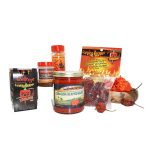
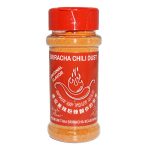

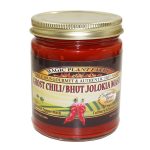

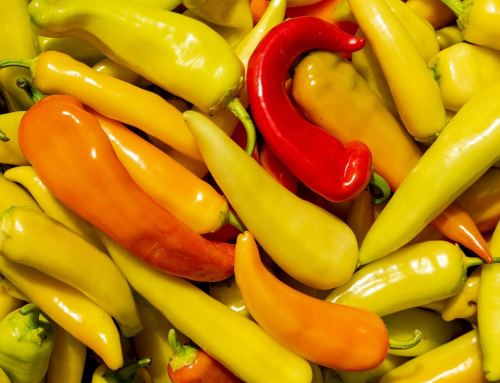

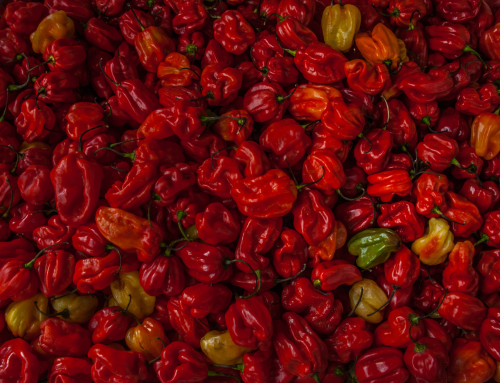
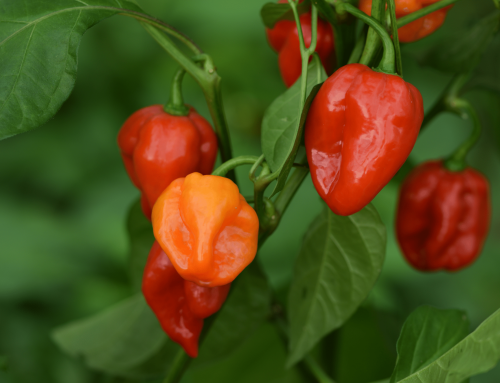
I appreciate the tips about training your tongue for spicy foods. This might come in handy since I love Mexican foods. I’ll be sure to keep doing these to enjoy spicy foods.